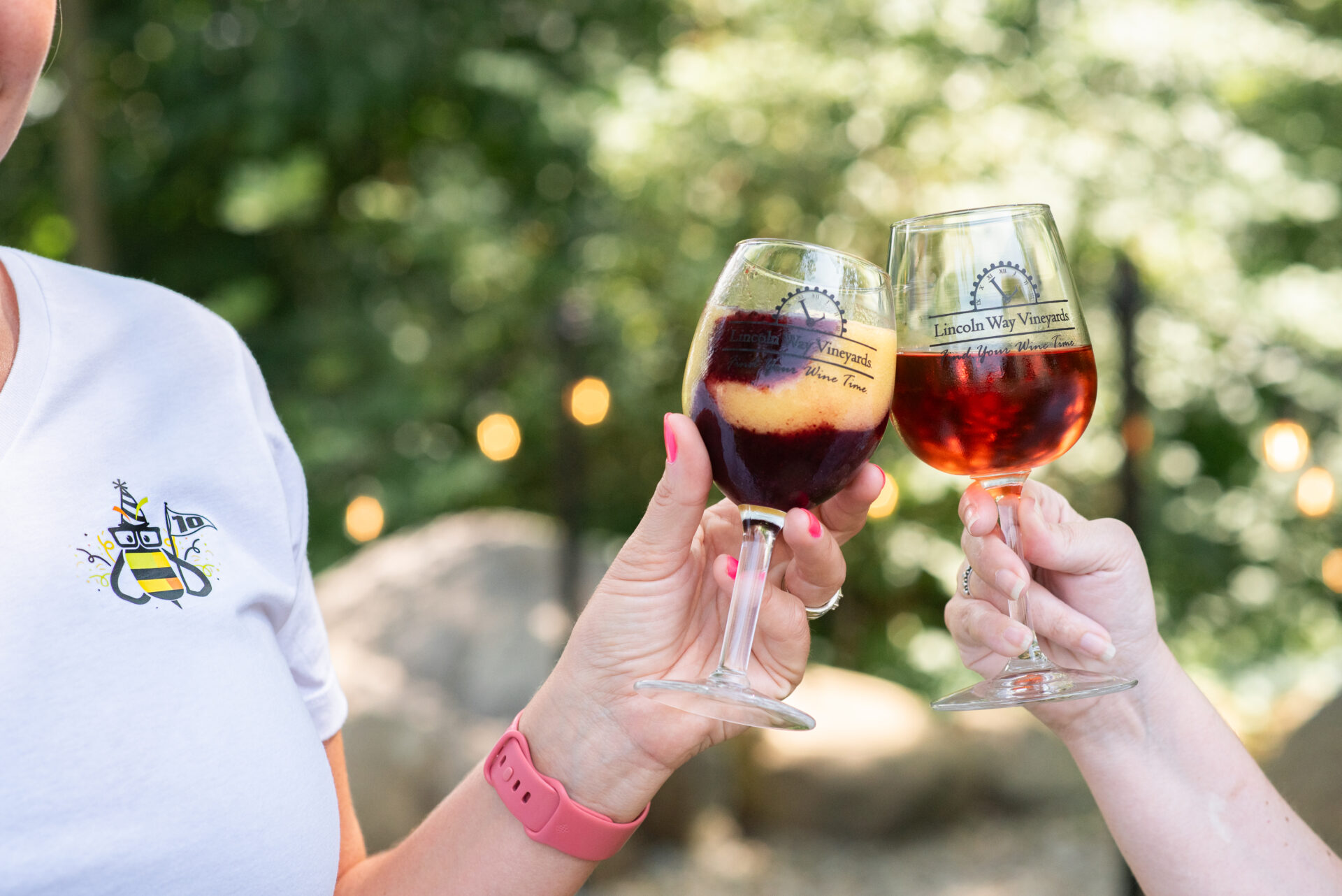The food & beverage industry is one of the most competitive spaces online. Consumers don’t just buy food, they buy stories, experiences, and trust. In 2025, digital marketing is about visibility + authenticity + AI-powered efficiency.
Why Food & Beverage Digital Marketing is Different
Here’s the thing: not every industry gets the luxury of being this delicious. Food is emotional. It’s tied to childhood memories, culture, family traditions, and guilty pleasures. That means marketing food isn’t just about selling products, it’s about selling experiences.
Unlike SaaS or finance, people actually want to scroll through noodles, wine glasses, and charcuterie boards on their feed. The opportunity is huge, but so is the competition. In 2025, shelf space is digital. If you’re not visible in search results or AI answers, you’re invisible at the dinner table.
Social Media Marketing That Converts
What Social Platforms Work Best for Food Brands in 2025?
• TikTok is still the food trend powerhouse.
• Instagram Reels is where visual storytelling and influencer collabs shine.
• LinkedIn is where B2B food manufacturers and distributors can connect.
Content That Sells Without Feeling Salesy
The secret sauce is storytelling:
• Show behind-the-scenes processes (flour dust, grape stains, noodle cutters).
• Share user-generated content (UGC).
• Partner with local events or nonprofits.
Influencer Marketing for Food & Beverage Brands
Micro vs. Macro Influencers: Who Wins in 2025?
Micro-influencers (1,000–50,000 followers) often outperform big names in engagement. They’re authentic and trusted. Macros bring reach, micros bring loyalty. The sweet spot in 2025 is long-term partnerships with values-aligned creators.
How Influencer Partnerships Drive Sales
• They create content that algorithms love.
• They speak the language of their followers.
• They convert because of built-in trust.
SEO vs. GEO: Why You Need Both
What is Generative Engine Optimization (GEO)?
SEO gets you found on Google. GEO gets you found in AI-generated answers (ChatGPT, Perplexity, Gemini). If your content isn’t structured cleanly, you won’t be part of the answer.
Practical GEO Tips for Food Brands
• Use FAQ sections in your blog posts.
• Structure posts with H2/H3 headers.
• Write with concise, answer-ready content.
Using AI in Food Marketing (Without Losing Authenticity)
How AI Helps Small Food Brands Compete
• Repurpose video into captions/blogs.
• Brainstorm recipes/visuals.
• Use chatbots for customer FAQs.
What AI Should Not Do for You
• Write every caption (you’ll sound generic).
• Replace human connection (food is personal).
Case Study Snapshot
When we ran influencer marketing campaigns for a noodle brand, engagement skyrocketed. When the Wayne County Fair leaned into digital strategy, attendance records were broken. These aren’t flukes, they’re proof that storytelling + strategy + the right tools work.
FAQs
How do small food brands compete with national names?
By being personal and authentic.
What’s the best ROI channel for food marketing in 2025?
TikTok for awareness, email marketing for conversions.
How can influencer marketing increase brand loyalty?
By putting a human face to your brand.
Does AI marketing really work for small businesses?
Yes—when used to support, not replace, your voice.
👉 Ready to make your brand unforgettable in 2025? Let’s talk.

